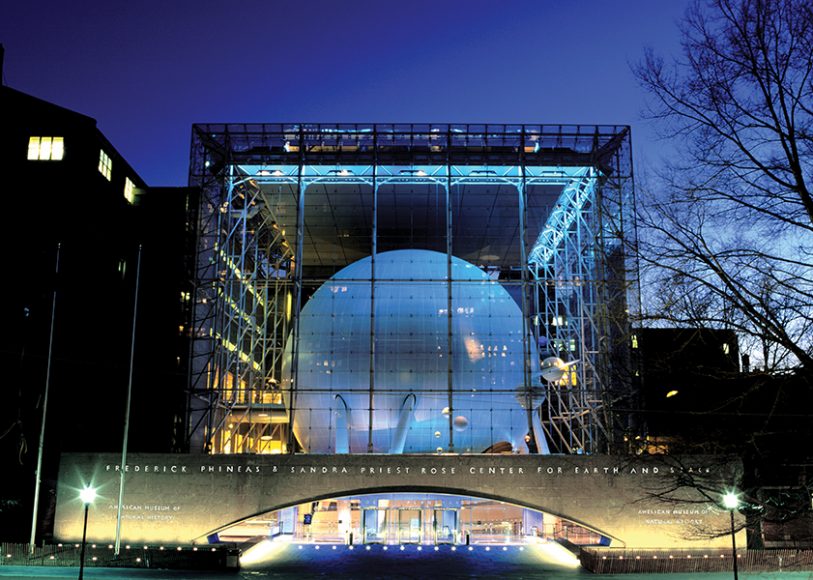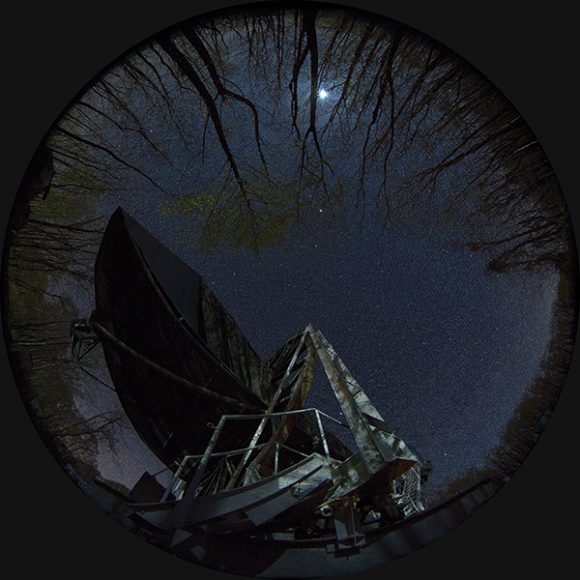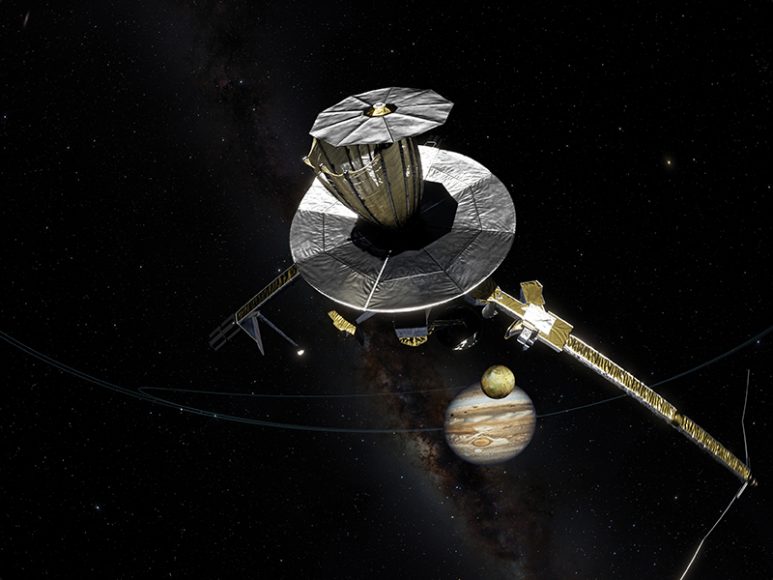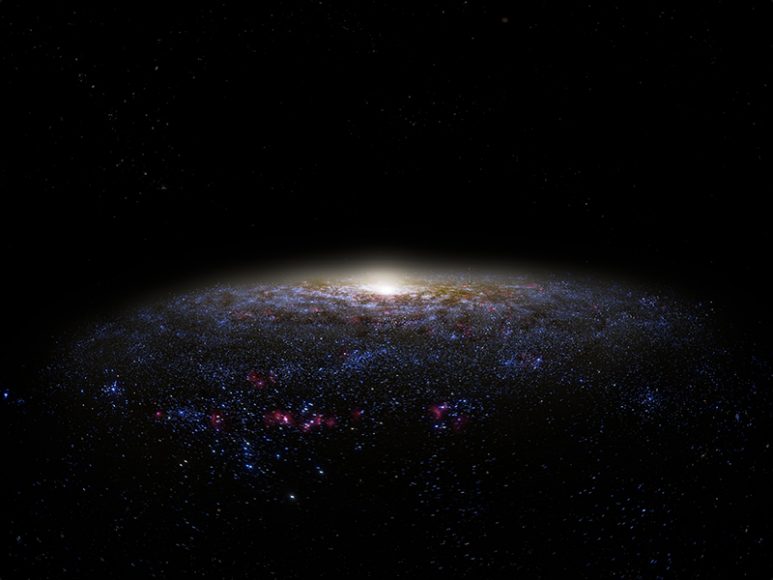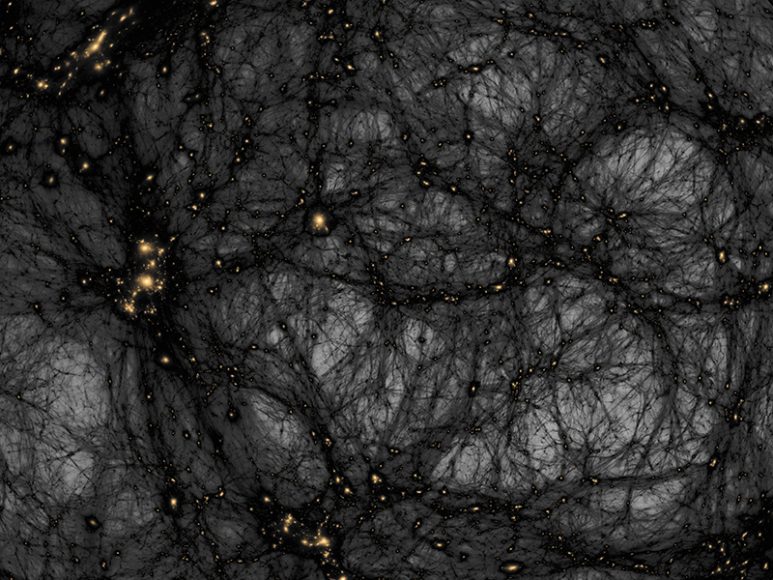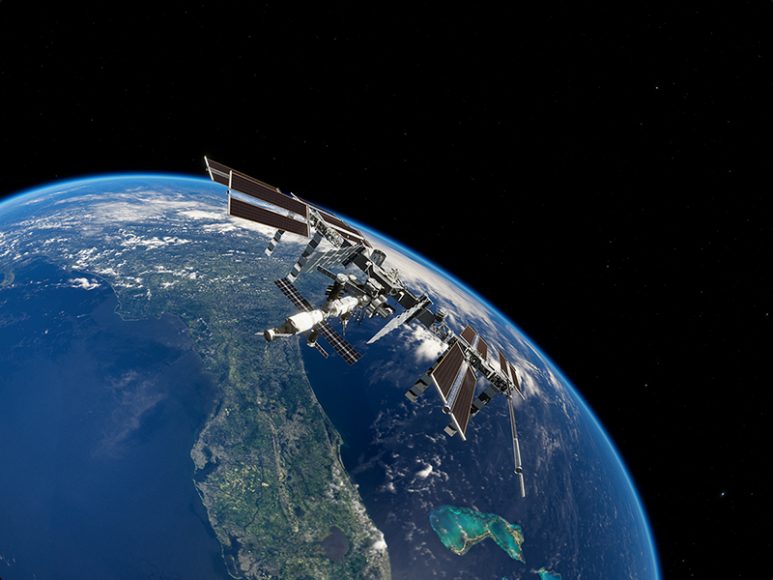We twist and turn, soaring through pastel-colored starbursts, the universe’s fireworks. No, it’s not a scene from “Star Wars: The Last Jedi” but our experience of “Dark Universe,” the space show at the Hayden Planetarium.
Housed atop the 2,000-ton Hayden Sphere, the planetarium’s Star Theater seems like a spacecraft floating through the heavens. The Hayden Sphere sits like a supermoon in a glass box that is the American Museum of Natural History’s Frederick Phineas & Sandra Priest Rose Center for Earth and Space, named for the late Westchester-based philanthropists.
Opened in 2000, the lucent, seven-story building on Manhattan’s Upper West Side includes the Gottesman Hall of Planet Earth, the Dorothy and Lewis B. Cullman Hall of the Universe, the Heilbrunn Cosmic Pathway and the Department of Astrophysics. But it is to the planetarium and its “Dark Universe” that we are drawn. Narrated by Neil deGrasse Tyson, the Frederick P. Rose director of the planetarium (see cover story), the film explores the intricate relationship of time and space — perhaps physics’ central theme — as it plumbs the history of the universe, which stretches back 13.8 billion years. Then it was merely a searing, dense mass — hotter than our sun — that exploded in what is known as the Big Bang. How do we know this? Partly because the universe keeps expanding — a phenomenon that was discovered at California’s Mount Wilson Observatory in 1923 when astronomer Edwin Hubble used the Hooker Telescope to spy a particularly luminous star (called a Cepheid variable) in the constellation Andromeda and calculate its distance from Earth. Once he realized it was 2 million light-years away — or more than 20 times the diameter of our Milky Way galaxy — he knew that the universe was bigger than the Milky Way.
Bigger and expanding at increasing speeds, thanks to a mysterious phenomenon called dark energy, working on normal matter (the stuff we’re made of) and dark matter — tendrils of material that emit and absorb no light but have a gravitational relationship with normal matter — kind of like negative space in art, which can’t be seen but nonetheless gives shape to a work.
By now, it’s not merely the Star Theater that seems to be spinning but our head as we realize how way over it we are, a humbling experience. But the amateur historian in us is also intrigued by another phenomenon — that space holds the key not only to our future but to our past. Because light travels at a speed of 186,000 miles per hour but the stars are so distant, we see them not as they are but as they were — much as if we send a letter to a friend in America while on a European tour. By the time he reads about our adventures in France, we’ve already moved on to Italy.
We’re still mulling the philosophical and psychological implications of this as we make our way to a four-minute short on the Big Bang, narrated by actor Liam Neeson, in its eponymous theater. Exiting, we stroll down the Cosmic Pathway, observing how every few inches represent another momentous date in universal history and how our own appearance on this globe is but a speck of time.
Thoroughly overawed, we return to some of the interactive displays on the planets and the stars that we mulled when we first entered the center. We pause before a discussion of New Horizons’ 2015 mission to former planet Pluto, out there by its heart-shaped lonesome. Pluto is described as “icy.” (Well, you would be, too, if you were demoted from planetary status.)
An area on stars charts their evolution from birth to death. Red giants are stars on the way out. Near their description you can place your feet in a footprint scale that determines your weight on a red giant — a popular feature, along with scales measuring your weight on other celestial spheres, a throwback to the original planetarium (1935-1997).
On the red giant star, we weigh only 45 pounds.
Woo-hoo. Carvel ice cream sundaes all around.
For more visit amnh.org.

